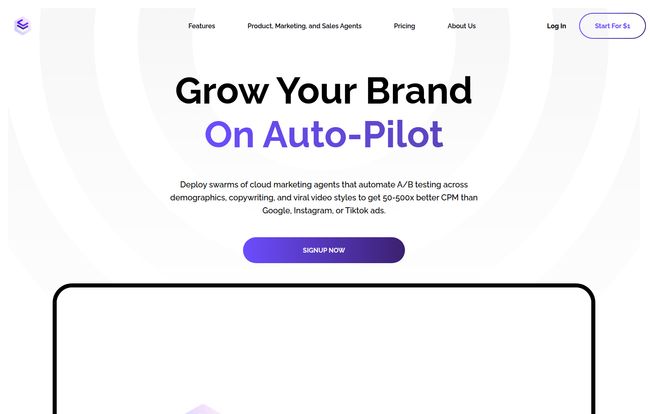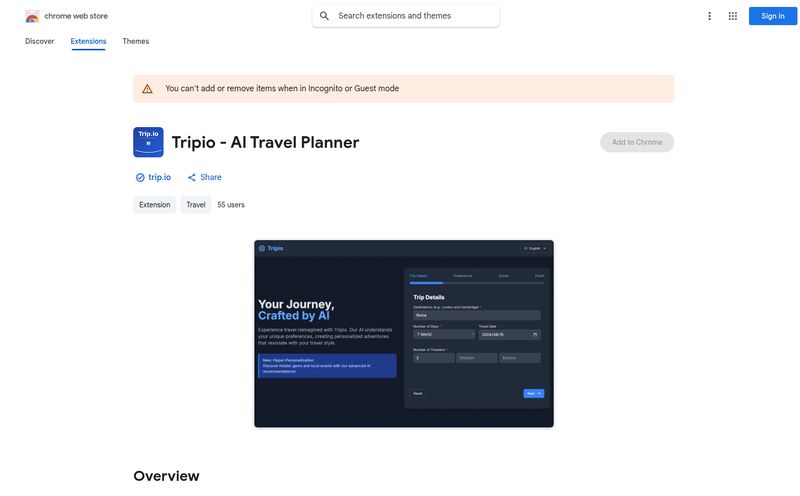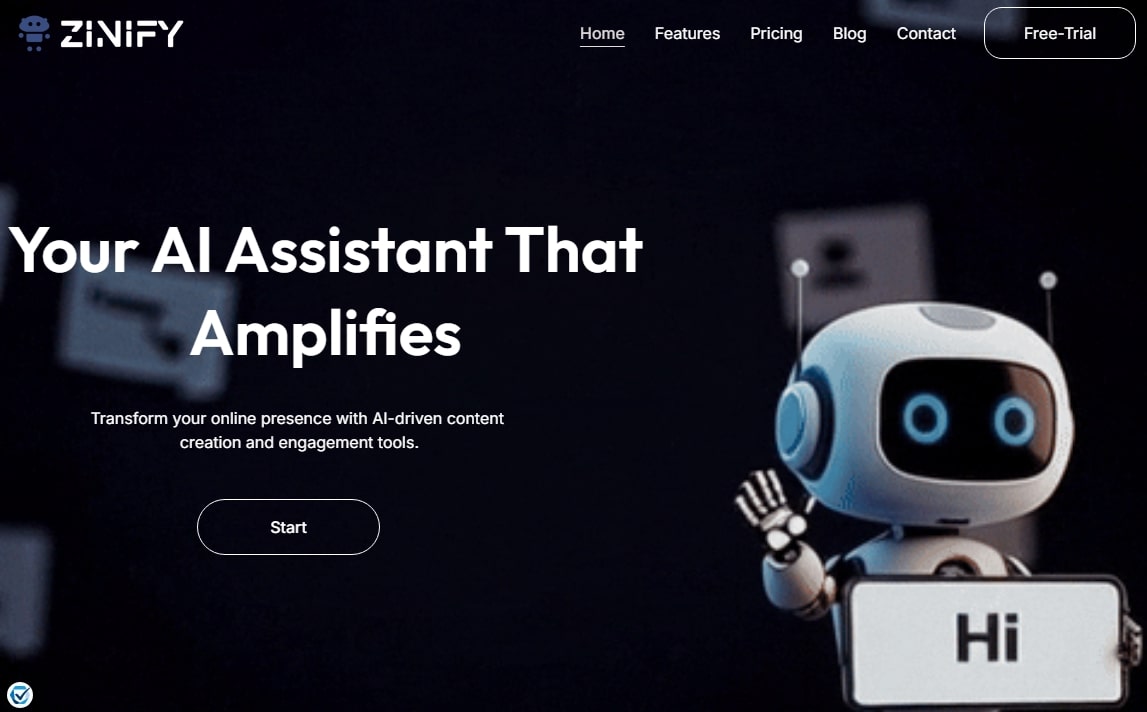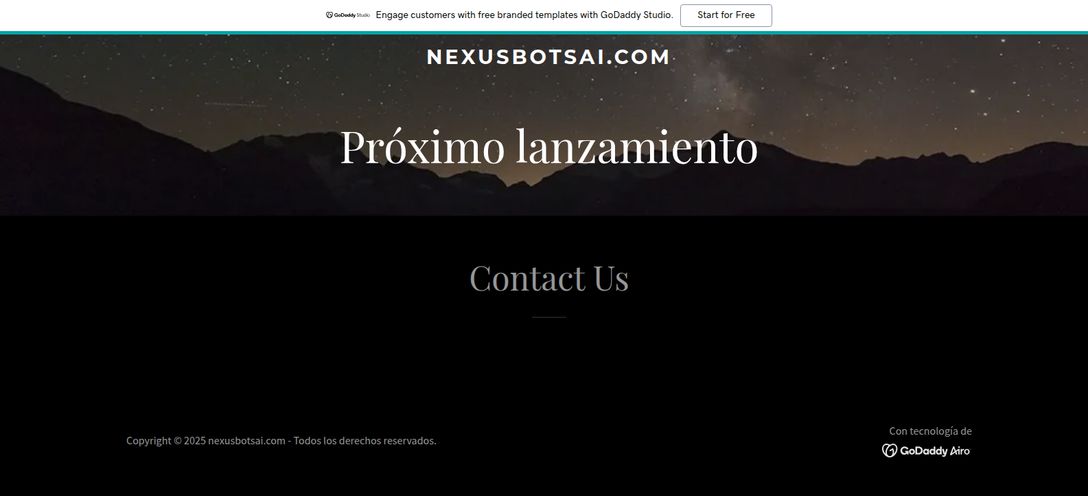If you work in digital marketing, sales, or heck, any job that involves a computer, a part of your soul dies with every repetitive click. Copy this cell, paste it there. Download this report, email it to that person. It’s the digital equivalent of digging a ditch with a teaspoon. We’ve all been there, dreaming of a magical intern who never sleeps, never complains, and works for free.
For years, platforms like Zapier and Make have been our go-to saviors, connecting apps and saving us from some of that drudgery. They are fantastic, don't get me wrong. But they're like building with pre-defined Lego bricks. You can build amazing things, but only with the pieces they give you. What if you could just describe the piece you need, and it would just… appear?
That’s the wild promise of a new wave of tools powered by generative AI. And I recently stumbled across one that really caught my eye: Cheat Layer. The name itself is provocative, right? It promises an unfair advantage. And after digging in, I think it might actually deliver on that promise.
So, What on Earth is Cheat Layer?
Imagine you could just tell your computer what you want it to do. Not in code, not by clicking through a complex interface, but in plain English. That's the core idea here. Cheat Layer uses a custom-trained GPT model—think of it as ChatGPT’s overachieving cousin who specialized in software engineering—to translate your simple language commands into powerful automations.
It’s not just another app-to-app connector. It’s a full-blown automation agent that can run on your desktop (Mac, Windows, or Linux) and in your browser. This is a crucial distinction. It can do things that API-limited tools simply can't, like interacting with legacy software or websites that don't have a neat little API to plug into. It's like giving your computer eyes and hands, and you're the brain telling it what to do.
The Feature That Made Me Do a Double-Take: Video to Automation
Okay, this is where things get a little sci-fi. Cheat Layer has a feature they call “video to agents.” You literally record your screen while you perform a task—say, pulling specific data from a messy website and pasting it into a Google Sheet. Then you upload that video. Cheat Layer’s AI analyzes what you did and builds a no-code automation agent to replicate that exact task. Instantly.

Visit Cheat Layer
Let that sink in. You don't have to explain the workflow. You don't have to map out the steps. You just show it. As someone who has spent countless hours trying to write scraper scripts or document a process for a VA, this feels like pure magic. This single feature lowers the barrier to entry for complex automation to practically zero. Its a game-changer for anyone who thinks, “I could automate this if only I knew how.” Now, you just need to know how to press 'record'.
Diving into the Core Capabilities
Beyond the headline-grabbing video feature, there’s some serious power under the hood.
Project Atlas: For the Really Big Problems
For simple tasks, a quick command is enough. But what about multi-step, complex business processes? That’s where their “Project Atlas” framework comes in. This is their system for building automations of, as they say, “unlimited complexity.” Think of it as the difference between asking your assistant to send one email versus asking them to manage your entire client onboarding sequence. It’s designed to string together multiple actions and logic to solve bigger, meatier problems.
A Truly Universal Agent
Most automation tools live in the cloud. Cheat Layer does too, but it also reaches down to your actual desktop. The ability to run automations across Mac, Windows, and Linux—plus in the browser—is a massive advantage. Your business doesn't operate solely in a web browser, and your automation tool shouldn't either. It can control your mouse and keyboard based on your instructions, opening up possibilities for automating ancient desktop software or internal systems that time forgot.
Cloud-Based and Built to Scale
A huge plus for me is that there’s nothing to install to get started. The agents run in their cloud, which means you can trigger them from anywhere. You can set up webhooks, connect them to Google Sheets, or fire them off via an email. And it's built to scale. You aren't just building a macro for yourself; you're building a robotic workforce that can run hundreds or thousands of tasks in parallel. Pretty cool.
Who Should Be Looking at This?
In my opinion, the audience for this is incredibly broad. I can see marketers using it to repurpose a single blog post into a hundred social media variants for platforms like TikTok and LinkedIn. Sales teams could build agents to scrape leads from specific industry websites and populate their CRM. Small business owners can finally connect their weird proprietary inventory software to their email marketing list without hiring a developer. It's a tool for anyone who has ever thought, “There has to be a better way to do this.”
The All-Important Question: What's the Price?
Pricing for these kinds of powerful tools can be all over the map. Cheat Layer has a pretty interesting approach. They have a massive call-to-action: “Start For $1.” This is an amazing, low-friction way to get people in the door. From what I can gather, this gets you into their main plan, which is quite generous.
Here’s a quick breakdown of their standard “Workflow Automation Cloud” plan:
| Feature | What You Get |
|---|---|
| Cost to Start | $1 |
| Agents & Executions | Unlimited |
| Cloud Agents | 1 Desktop Cloud Agent Server included (200 Cloud Agents/Day). Additional servers are extra. |
| Core Features | API Access, Webhook Triggers, Google Sheets tasks, Email/SMS/Phone agents. |
| Platform Support | Mac, Windows, Linux, and Browser automation. |
They also have an Enterprise plan with custom pricing. This is for larger teams that need things like single sign-on (SSO), custom support (SLA), and the option to run Cheat Layer on their own servers (on-premise) to meet strict compliance requirements like HIPAA or GDPR.
The Reality Check: Potential Downsides
No tool is perfect, and it’s important to go in with eyes open. While I'm genuinely excited, there are a few things to consider.
First, the AI model's effectiveness is dependent on the data it's trained on. This is both a pro and a con. As more users build automations, the smarter it gets. However, some might have concerns about how their data contributes to the model. The on-premise option for Enterprise clients seems to be the answer for those with high-security needs.
Second, it’s a cloud-based service. If their infrastructure has a bad day, your automations might too. This is a standard risk with any SaaS platform, but worth remembering. Finally, while it's advertised as “unlimited,” scaling does have potential costs. The standard plan comes with a set amount of daily agent capacity, and adding more servers costs extra. This is perfectly reasonable—computation isn't free—but it's something growing businesses need to factor in.
Final Thoughts: Is This the Future of Productivity?
I don't think Cheat Layer is just another tool. I think it represents a fundamental shift in how we interact with technology. For decades, we've had to learn the language of computers. Now, with tools like this, computers are finally learning to speak ours. The idea of becoming a “prompt engineer” for your own business processes is no longer a futuristic fantasy.
It's ambitious. It's powerful. And it's accessible in a way that previous generations of automation software just weren't. The wall between a great idea and a working automation is becoming incredibly thin, and I, for one, am excited to see what people build when those barriers come down.
Frequently Asked Questions
- Do I need to be a coder to use Cheat Layer?
- Absolutely not. That’s the entire point. It’s designed to turn simple English commands, or even a screen recording, into a functioning automation without you writing a single line of code.
- How is this different from a tool like Zapier?
- Zapier is primarily an API-to-API connector. It’s great for making cloud apps talk to each other. Cheat Layer is different because its AI can operate at the user interface level—controlling your mouse and keyboard on your desktop or in a browser. This allows it to automate applications that don't have APIs.
- Is my business data safe?
- Security is a valid concern for any cloud tool. For businesses with stringent requirements like HIPAA or SOC2 compliance, Cheat Layer offers an on-premise solution with their Enterprise plan, meaning the software runs on your own private servers, giving you full control over your data.
- What does the "Start for $1" offer actually include?
- The $1 entry is a promotional offer to get you onto their main "Unlimited Workflow Automation Cloud" plan. It gives you full access to the platform's features to start building and testing your own automation agents right away.
- Can it really automate any task I can think of?
- While incredibly powerful, it's not magic. It excels at digital tasks that you can perform on a computer. If your workflow involves making a physical cup of coffee, you're still on your own for now. It's best for automating processes within browsers, software, and between different digital platforms.
Conclusion
The world of business process automation is heating up, and AI is the fuel. Cheat Layer is one of the most interesting and forward-thinking platforms I’ve seen in this space. By focusing on natural language and visual demonstration (that video-to-agent feature is still blowing my mind), they're making truly powerful automation accessible to everyone, not just developers. If you’re tired of the endless, repetitive clicking that eats up your day, you owe it to yourself to see what this new approach can do. It might just be the unfair advantage you've been looking for.



